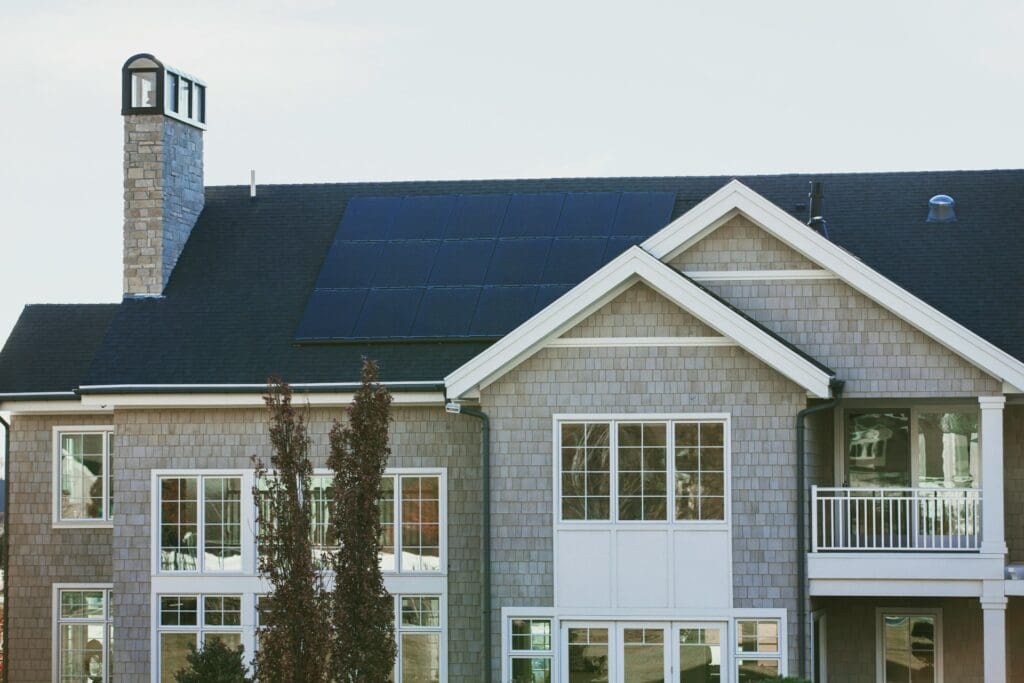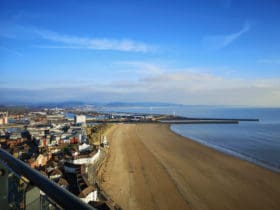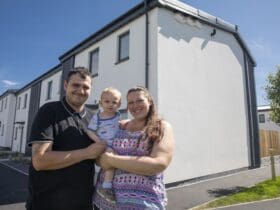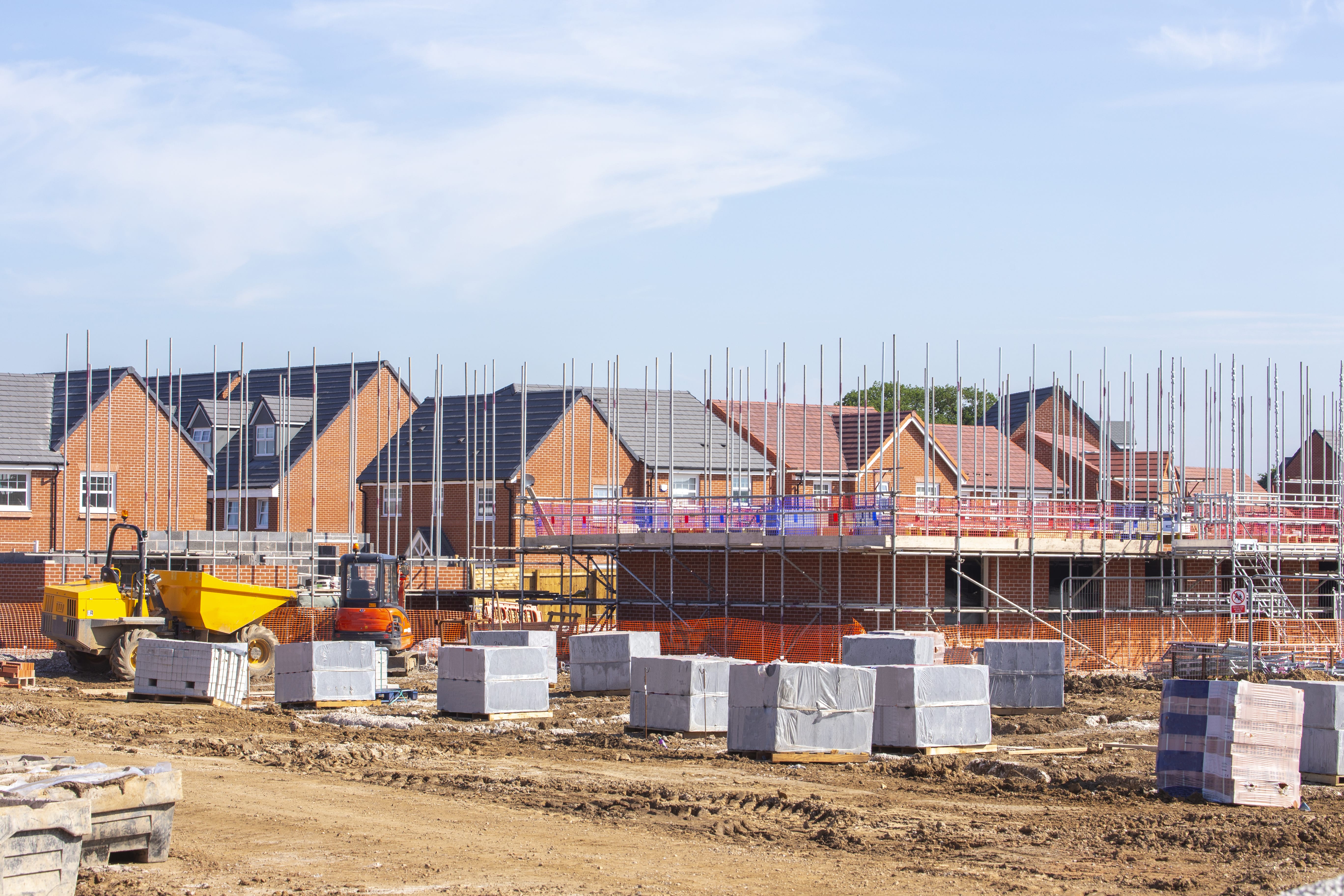Installing renewable energy systems, such as solar panels or wind turbines, is a significant step towards reducing your carbon footprint and contributing to a more sustainable future. However, before making this investment, it’s crucial to be well-informed to ensure you make the best decisions suited to your needs and circumstances. From understanding the initial costs to evaluating the long-term benefits, here are six key things you should know before installing renewable energy systems.
Initial Costs and Financial Incentives
The initial cost of installing renewable energy systems can be substantial. This includes the price of equipment, installation fees, and any additional costs such as permits or upgrades to existing infrastructure. However, it’s important to research and consider the numerous financial incentives available, such as tax credits, rebates, and other government incentives that can significantly offset these initial expenses.
Some utility companies offer incentives for installing renewable energy systems, which can further reduce your out-of-pocket costs. By taking full advantage of these financial incentives, you can make renewable energy systems a more affordable investment and increase their ROI.
Energy Needs Assessment
Before installing a renewable energy system, perform an energy needs assessment for your home or business. This involves analyzing your current energy consumption and determining how much energy you aim to generate through renewable sources. Understanding this will help you decide on the size and type of system required to meet your energy needs.
An energy needs assessment can reveal opportunities to improve energy efficiency before installing a renewable system. Simple measures like upgrading insulation, sealing leaks, and using energy-efficient appliances can reduce overall energy consumption, making your renewable energy system more effective. You should also measure the performance of your biomass boiler with the help of a professional. This will allow you to make necessary changes and maximize the efficiency of your system.
Site Suitability
The suitability of your site is a critical factor in the success of your renewable energy system. For solar panels, this involves assessing the available roof space or land area and ensuring there is adequate sunlight exposure throughout the year. For wind turbines, you need to evaluate wind speeds and patterns in your area to ensure they can generate sufficient energy.
Local zoning laws and building codes must also be considered, as they may restrict where and how renewable energy systems can be installed. Conducting a thorough site assessment can help identify any potential obstacles and ensure your system operates at maximum efficiency.
Maintenance and Durability
Understanding the maintenance requirements and durability of renewable energy systems is crucial to their long-term performance. Solar panels and wind turbines generally have low maintenance needs, but they do require periodic inspections and occasional cleaning to ensure optimal functionality.
Longevity is another consideration; solar panels typically have a lifespan of 25-30 years, while wind turbines can last up to 20 years. Investing in high-quality equipment and staying on top of regular maintenance can extend the lifespan of your system and maximize your return on investment.
Grid Connection and Energy Storage
If you plan to connect your renewable energy system to the grid, you’ll need to understand the process and requirements of your local utility company. This includes obtaining any necessary permissions, installing appropriate meters, and navigating net metering policies, which allow you to sell excess energy back to the grid.
Energy storage solutions, such as batteries, are also worth considering. They can store excess energy generated during peak production times and provide a reliable power supply during outages or periods of low production. Evaluating your energy storage needs can enhance the efficiency and reliability of your renewable energy system.
Environmental Impact and Community Impact
While installing renewable energy systems provides clear environmental benefits, it’s important to understand the full range of their impact. Considerations include the carbon footprint associated with manufacturing and transporting the equipment, as well as any potential effects on local wildlife and ecosystems.
Renewable energy systems can positively impact the community by creating jobs, fostering energy independence, and reducing pollution. Engaging with your community and sharing the benefits of renewable energy can help build support and enthusiasm for more sustainable practices. It’s also essential to consider the long-term effects of renewable energy systems, including their eventual decommissioning and disposal.


Installing renewable energy systems requires careful consideration and thorough research. By understanding these key factors, you can make informed decisions that will not only benefit your own household or business but also contribute to a more sustainable future for all. Remember, every small step towards renewable energy makes a positive impact on our planet. Don’t hesitate to take action and be part of the solution. Therefore it is always advisable to consult professionals when making decisions about renewable energy installations in order to ensure optimal results and long-term sustainability.









Leave a Reply
View Comments